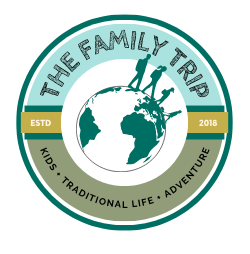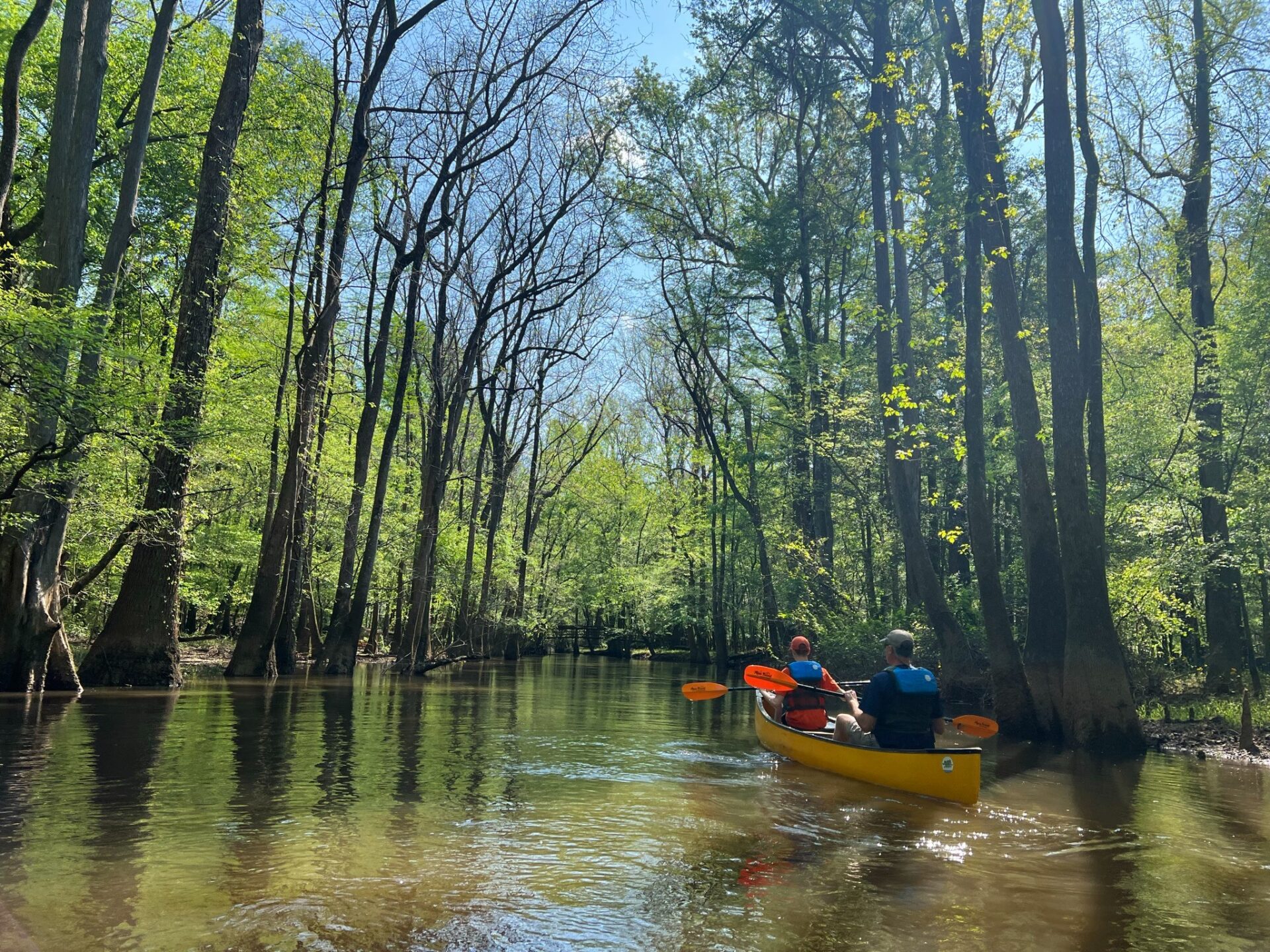
It’s not the most glamorous national park. While people fly across the country to visit Redwood and Arches, visiting Congaree National Park doesn’t have the same allure.
The numbers tell the story. Congaree National Park had 21,710 total recreational visits in April 2023 (the month we visited). Great Smoky Mountains National Park had 1,029,395 while Zion (much harder to get to) had 450,819.
It is hard to take in the disparity in those numbers. Given the popularity of the entire National Parks system these days, all the bucket lists to get to every one, the idea that a National Park with such close proximity to a major city and university would be so low in popularity seems crazy.
What has happened in our burgeoning “experience economy” culture that makes hard-to-get-to National Parks bragworthy and the cause of thousands of dollars in travel while others that are a drive away for thousands sit relatively unvisited? Are some parks just better than others?
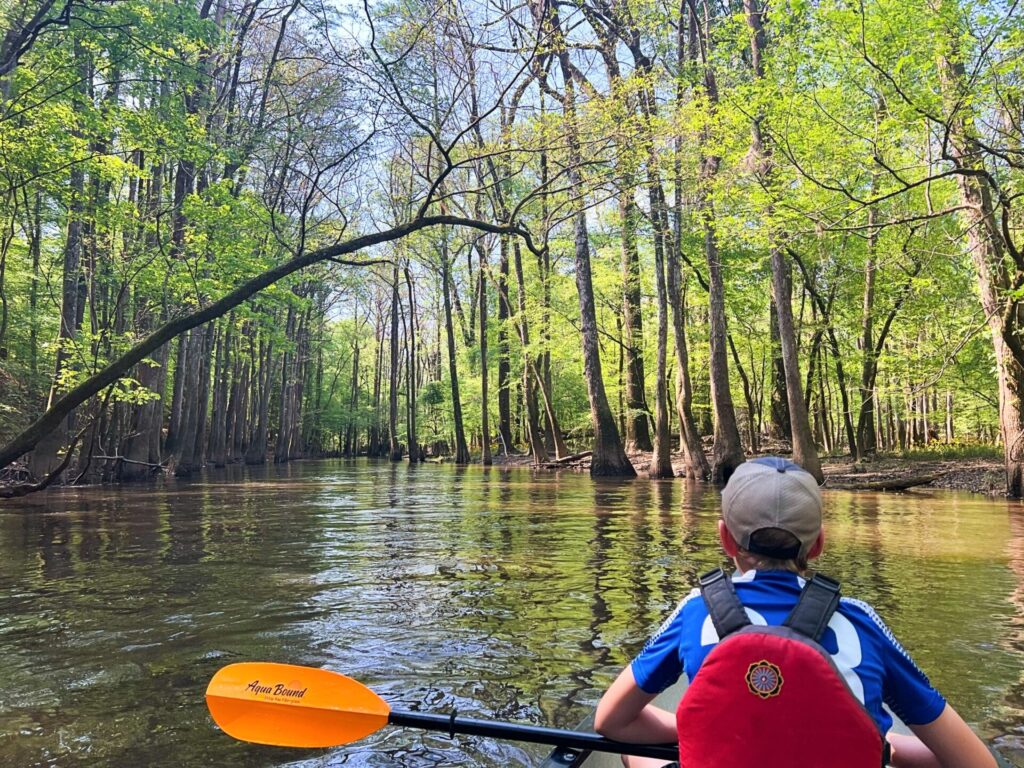
I am reading Jenny Odell’s book on Saving Time right now. In it, she starts to unpack leisure and experience as a now marketed and a consumer-driven commodity. Experiences have become an economic market in their own right. She argues that much of this has to do with social media – Instagram in particular. She may be right. When I search for Congaree National Park places on IG, I get 43.9 k hits if I am generous; Zion gives me over 15,000 more hits if I am judicious.
Social media is meant to influence us (the “influencer” has become a highly profitable career for a reason). But it actually influences us in the vaccumm of one Internet app platform and ends up pressuring us into checklists we may not even realize we’re creating. We strive to go to the places and to accomplish what we see in others’ photos. We’re influenced, and we follow. We hop on the plane to do the Utah Mighty Five because we believe that these are amazing experiences worth having because… of someone’s Instagram feed?
But what about the experiences under our noses that may be just as grand, just as regal, just as naturally stunning but aren’t in a heavily curated feed or the beneficiary of a trending hashtag? They become less visited, it seems.
Some municipalities have recognized this. Cities and towns now create Instagram murals. People wait in long lines under a scorching sun to take photos of themselves in front of angel wings, with appropriate # and @ painted on the wall beneath so that others can know immediately where they, too, can have the same experience from the photo post. And that experience they are sharing is…. a photo opp?
This trend in the rise of the experience economy was identified as early as 2017. In an article for The Guardian, Simon Usborne writes:
..research also suggests that part of the reason for [the experience economy's] rise is its greater potential as a status booster. This supports the idea, questioned by some ... that younger people – namely millennials – are driving the consumer shift. “It used to be that our car, or handbag or wallet showed our status. Now we post Facebook pictures from a chairlift in Chamonix or the latest music festival,” Wallman says. “Social media is supporting this change. Posting pictures of what you just bought is gauche; posting pictures of something you’re doing is fine.”
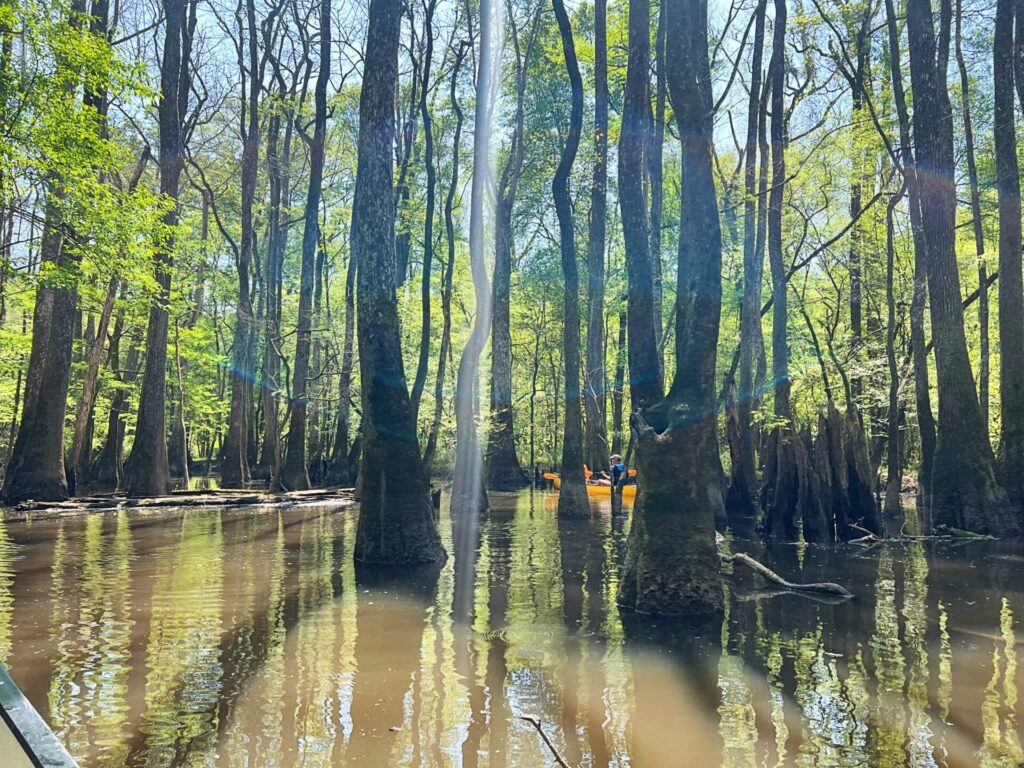
I am not immune to this pull. As a travel writer/blogger, I see how using Instagram more often, creating shiny reels, could potentially catapult me to another level – maybe I could even make money off of my feed or get free trips.
But I also find the state of affairs on my last real social media connection demoralizing and dejecting now. Magazine-style, heavily edited, thoroughly filtered feeds run by people who spend literally hours a day on Instagram are now the norm and what gets rewarded (by algorithims and by humans). And these photos are influencing us to travel far and wide to National Parks that are now congested (read this article on our experience in the Great Smoky Mountains National Park) while other places also awash in beauty float by because they simply aren’t a trend.
Maybe all this is actually a good thing for some regions?
Our visit to Congaree National Park was peaceful and serene. The park is 26,692 acres and preserves the largest tract of old growth bottomland hardwood forest left in the United States. It is a UNESCO Biospehere Reserve, and is located just an hour from South Carolina’s capital city. Yet we were basically alone for most of our visit on the Creek.
It is swampy (though not technically a swamp, it’s a “bottomland”), bugs thrive here, snakes lazily watch you go by, and it is so quintessetinally Southern American it deserves to be experienced.
I am glad we did it.
Here’s what we learned –
What to Know About Visiting Congaree National Park
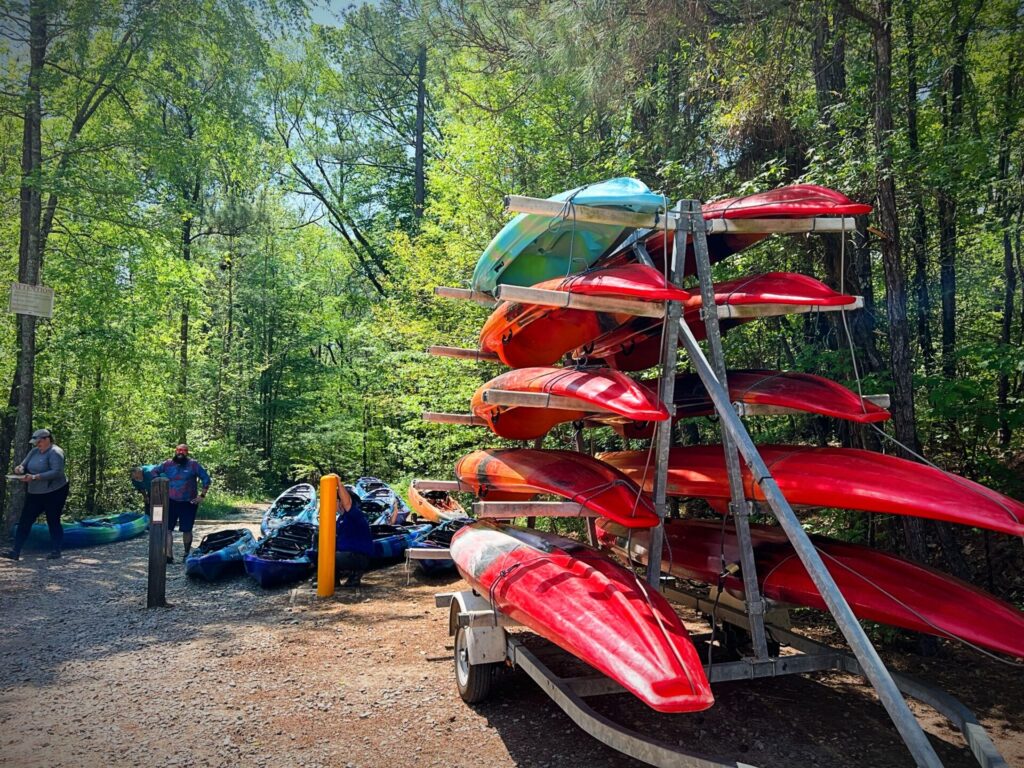
I rarely speak in absolutes, but Congaree National Park must be seen from the water. Having walked the trails from the Visitors Center and paddled, the paddling showcased why this area has been designated a National Park to begin with. The trail system is far less inspiring. (Maybe that accounts for the park’s lackluster social media performance?)
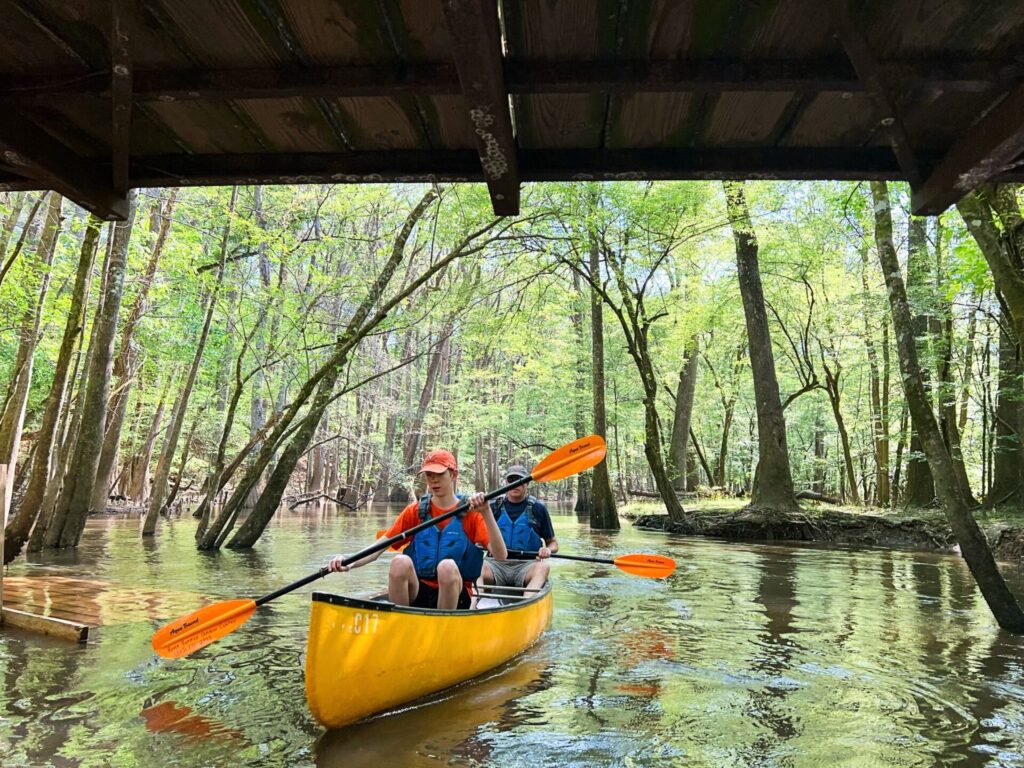
There are a number of approved outfitters that can run paddle tours and rent boats in this park. See the full list here.
We had some mixed experiences with the various companies. Our complications were that we did not want a guided tour and we were changing our schedule last minute due to incoming cold rain the day of our booked plans.
But we eventually got in touch with River Runner, a kind couple who have been running their business for decades. While, unfortunately, kayak paddles were brought to accompany our canoe rental, we were game to give it a go and paddle our own unique way.
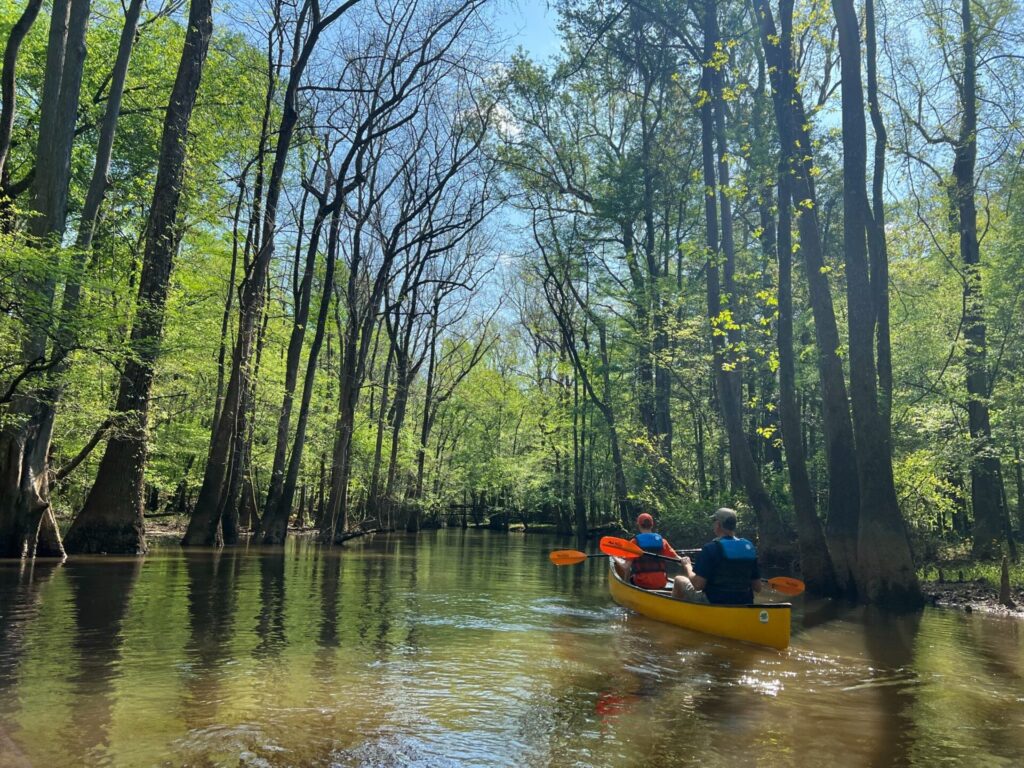
We had considered a guided tour (after all, this was so much fun in the Everglades). But we opted in the end to do a self-guided paddle, and we are really glad we did.
Cedar Creek winds through the park for 15 miles and it is extremely easy to follow. There is a bit of a current, but not much. The paddling is pretty smooth and easy overall. We paddled for about two hours.
Our kids are pretty experienced paddlers at this point (even joking how nothing could be as brutal as our nighttime paddle in the Caymans) and thought this was easy. And while perhaps a guide could have pointed out flora and fauna, we were actually happy to bask in the serenity and jungle-like peace of the paddle.
Paddling for a family of four isn’t cheap (again, are parks becoming for the elite only?), but we definitely thought this was worth the investment.
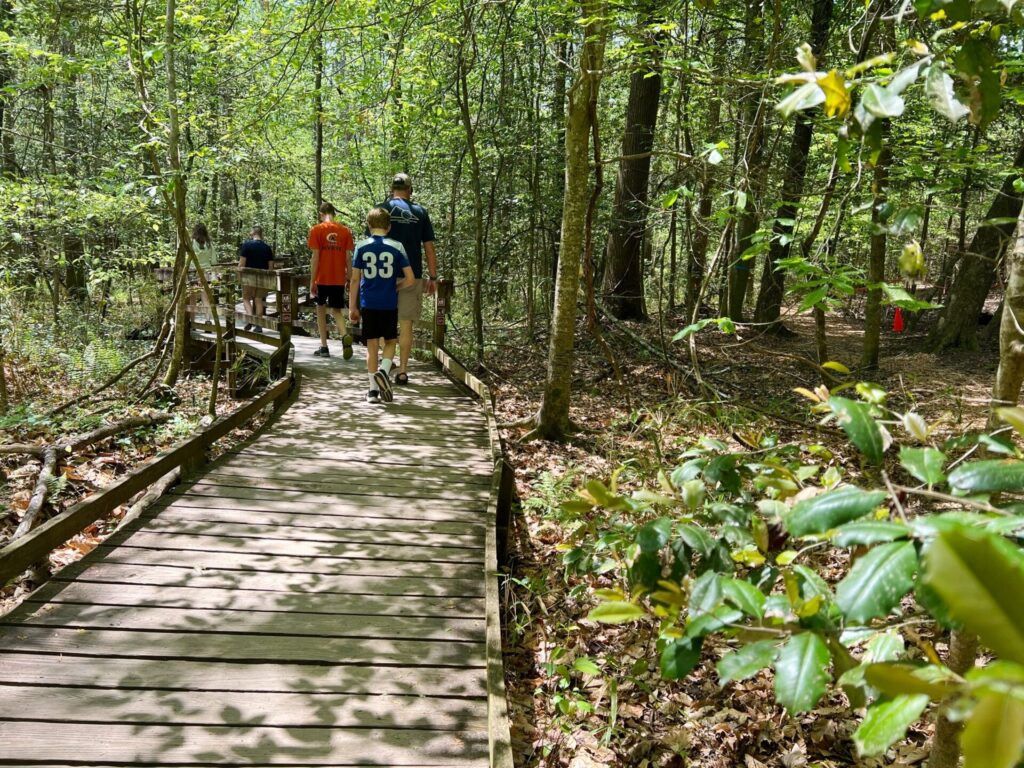
We did explore the Visitors Center and meander the trails behind it for a little while. There is a Boardwalk Loop the goes about three miles, easy walking paths for one mile, or you can even find a twelve mile hike. It all depends on your energy level, and probably the weather, too.
We found the hiking to be underwhelming compared to the paddling, but perhaps if we had traversed off the popular path, we would have felt differently.
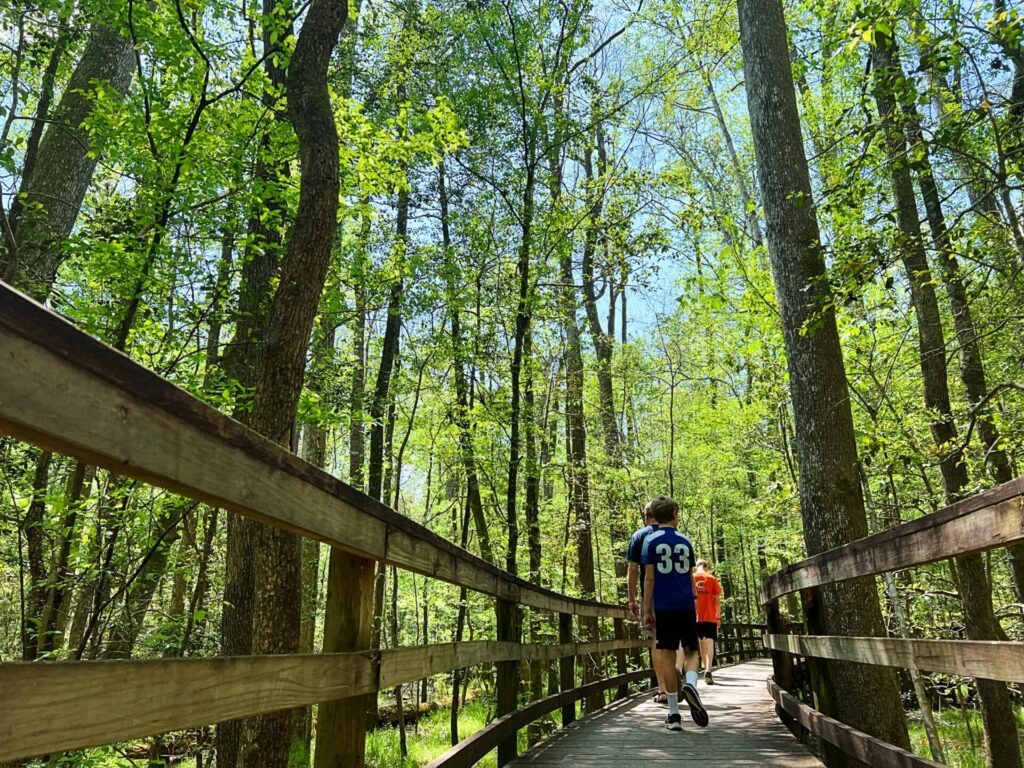
We went at a gorgeous time of year: early spring. This park will be incredibly buggy and humid in the summer. So plan accordingly!
Where we stayed in Columbia, SC
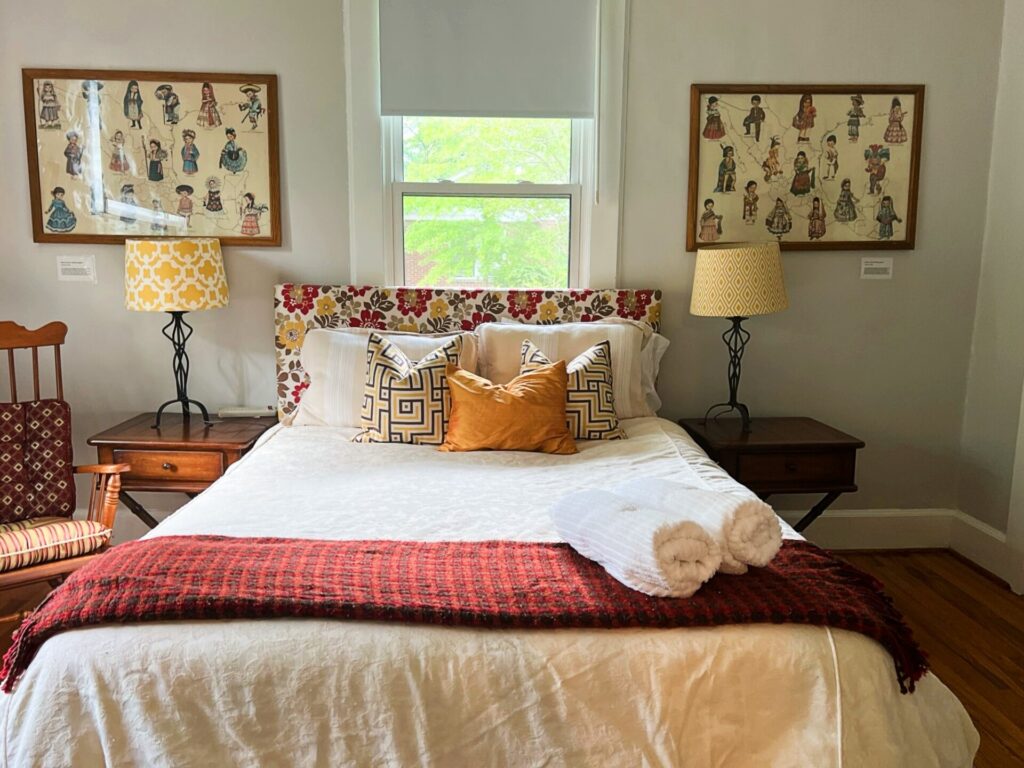
We stayed at this Airbnb. Close to the Five Points neighborhood, we enjoyed the walkability of the neighborhood. While we didn’t walk to Five Points, it was a quick drive. We did walk to the Devine Street area, which was beautiful on a spring night in April. We also loved that we could bring our pup.
The place was artfully decorated with a nod to the schoolhouse it once was. Our kids paged through the books, never getting bored. And the puppet theater was a surprising hit with our teen and tween sons.
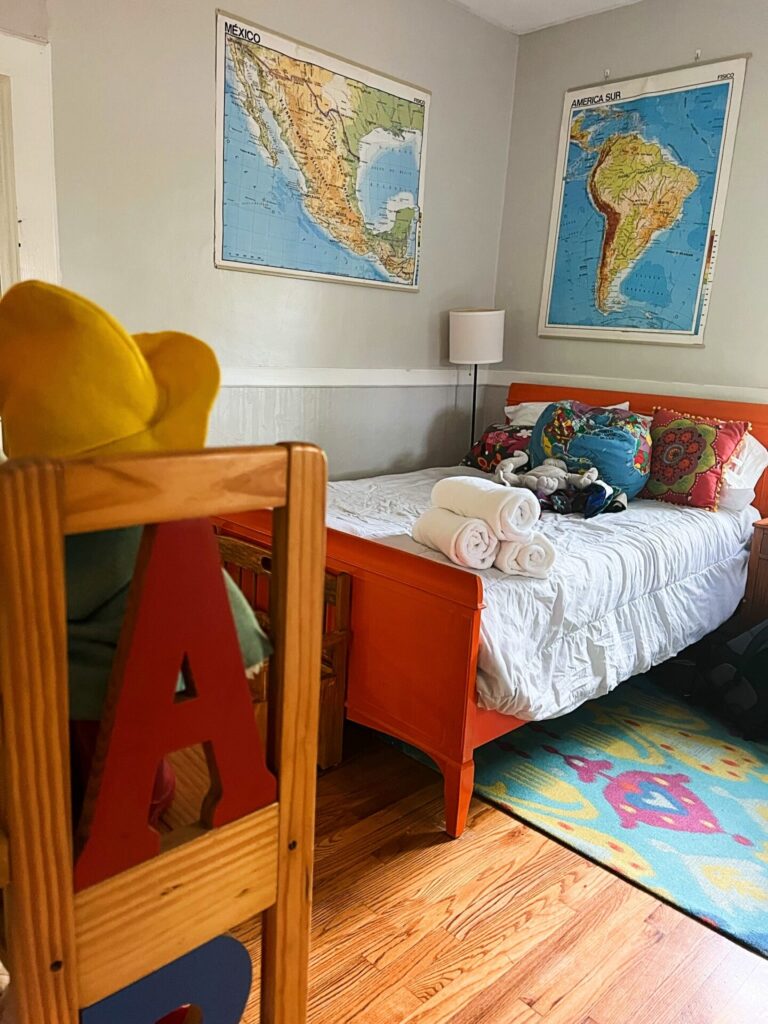
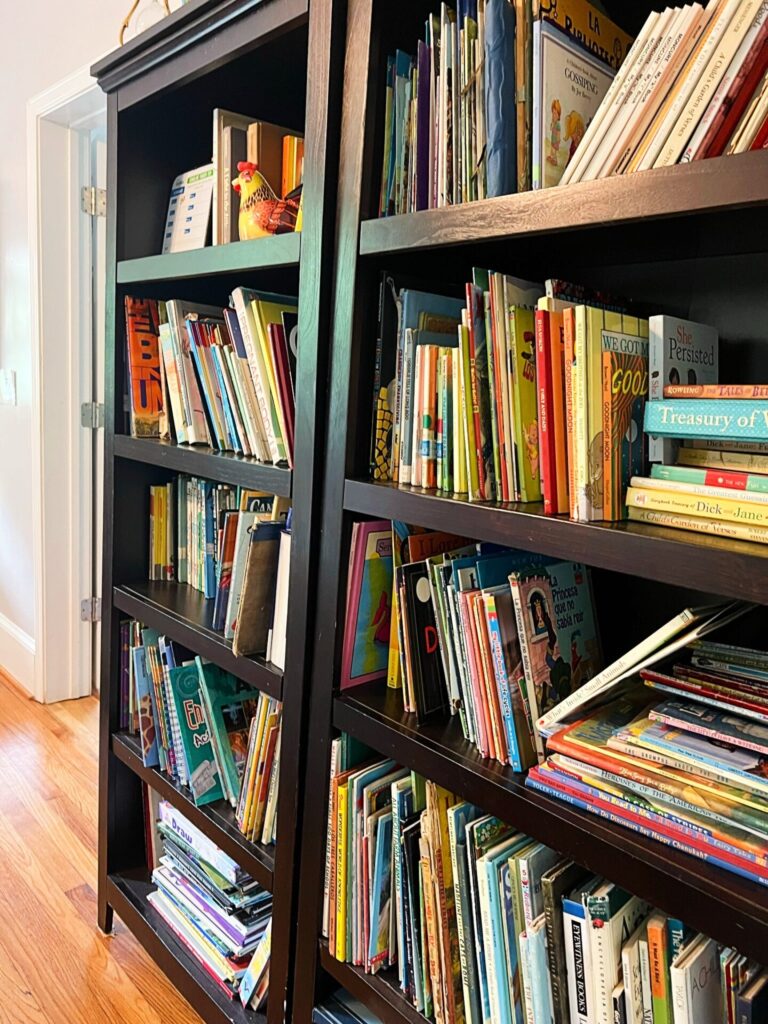
There wasn’t much of a yard to speak of, and this isn’t the place to go to binge-watch television. But we were happy and cozy.
What else we did in Columbia, SC
It was a rainy, miserable day on our free day outside of the park. Wet, cold, windy sheets of rain. Hardly an enticing day to meander through a new metropolis. This was disappointing, as Columbia reportedly has many fun outdoor activities. Instead of feeling sorry for ourselves, though, we elected to check out the Columbia Museum of Art.
While it felt as though the Museum was going to be a “compromise” activity, we had a great time here!
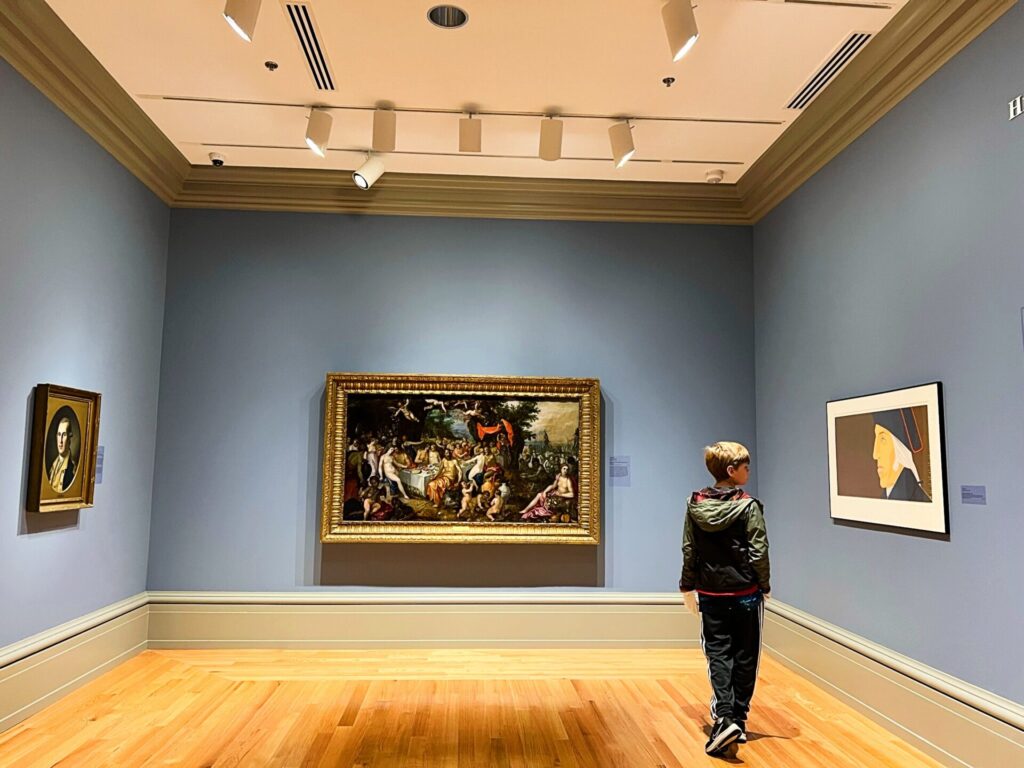
There was a hands-on maker space for kids and many stunning pieces of art by famous artists. The galleries were also organized by themes, rather than dates, so it made for a different way to experience art. All in all, very fun.
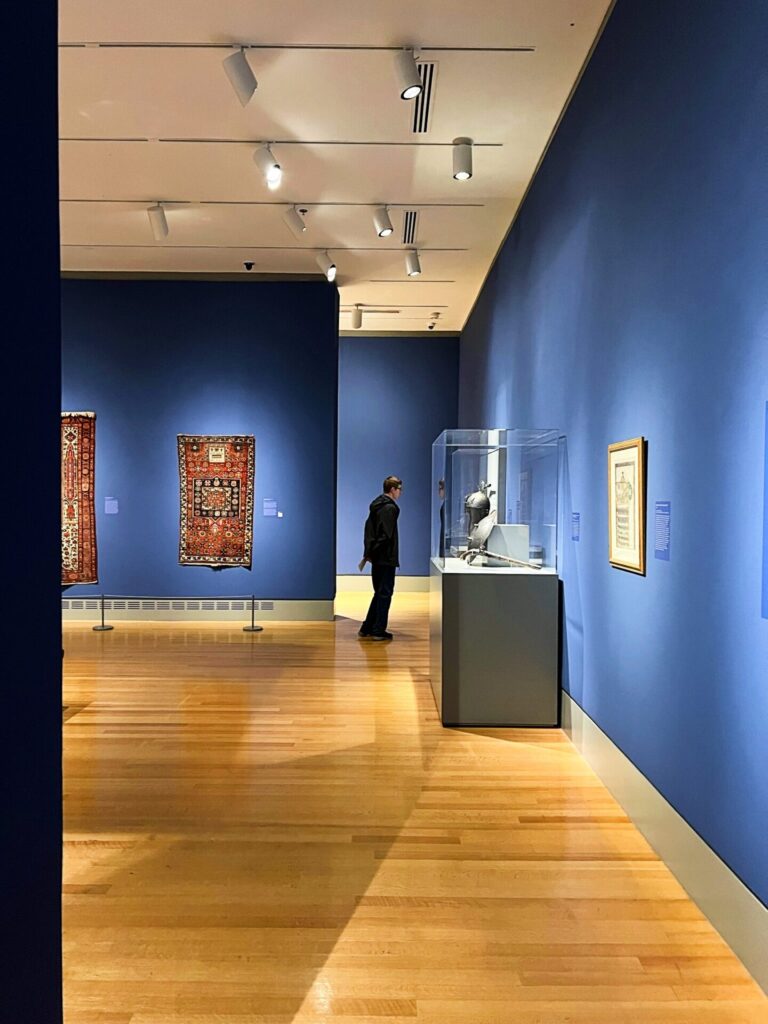
Elsewhere in Columbia, we tried out a pinball arcade to espace the rain but were a little disappointed. Maybe we’re spoiled by the arcade we have here in Charlottesville.
But we also ate some great food.
Recommended restaurants for families in Columbia, SC include:
Cantina 76
Devine Cinnamon Roll Deli
Mister Friendly’s
Ultimately, this was a beautiful experience. A quick getaway, without breaking the bank, that allowed us to connect with the outdoors and with each other.
And honestly, I am still very proud of my Instagram photos from this park. Is that wrong?
Want more on National Parks and National sites? Check out these articles:

Visiting Gettysburg National Battlefield: All the Tips You Need Because it is BIG!
We’ve revealed that the ultimate destination of our Road Warrior Trip was Niagara Falls, but our first stop was the Gettysburg National Battlefield. This place is HUGE, so I thought
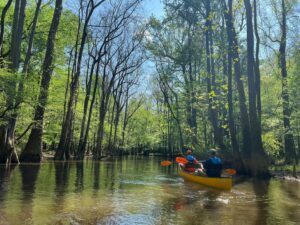
Visiting Congaree National Park: Which Parks are “Worth” it?
It’s not the most glamorous national park. While people fly across the country to visit Redwood and Arches, visiting Congaree National Park doesn’t have the same allure. The numbers tell
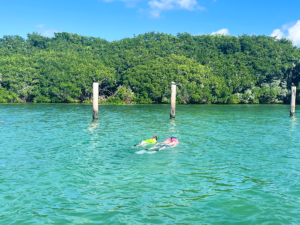
Visiting Biscayne National Park (Are Parks Now for the Elite?)
Florida has never really captured my heart, at least not compared to the way it seems to have a love affair with many other people. Maybe because we are “Non-Disney
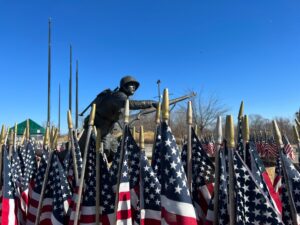
Things to do in Bedford, Virginia
All I wanted after college was a big city full of opportunity and creativity. I wanted hum. I wanted constant movement. I wanted to be faceless and nameless in a
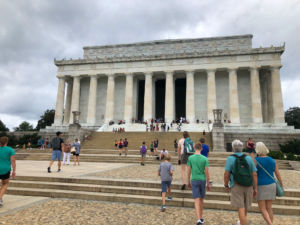
A Really Great (seriously, a REALLY GREAT) Itinerary for the Family in Washington, D.C.
Taking the kids to Washington, D.C.: the heartbeat of our government, the scene of current events, and the pulse of our nation. It seems like a must-do at some point.
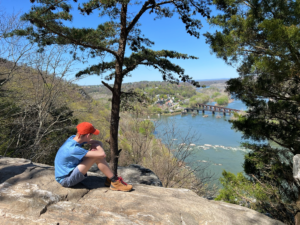
A Weekend in Harpers Ferry (with kids)
Sneaking off to Harpers Ferry for a weekend in spring was highly anticipated and desperately needed. After slogging through spring sports, heavy work projects, rejuvenated social demands after a sleepy
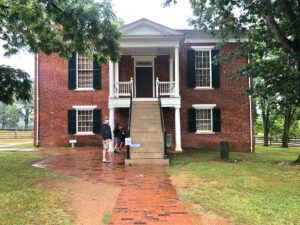
An Honest Guide to Visiting Appomattox Historic Site & Holliday Lake State Park
When life felt a bit too overwhelming and the Delta variant a bit too invasive, we did what works for us and we escaped to the woods. Pulling out our
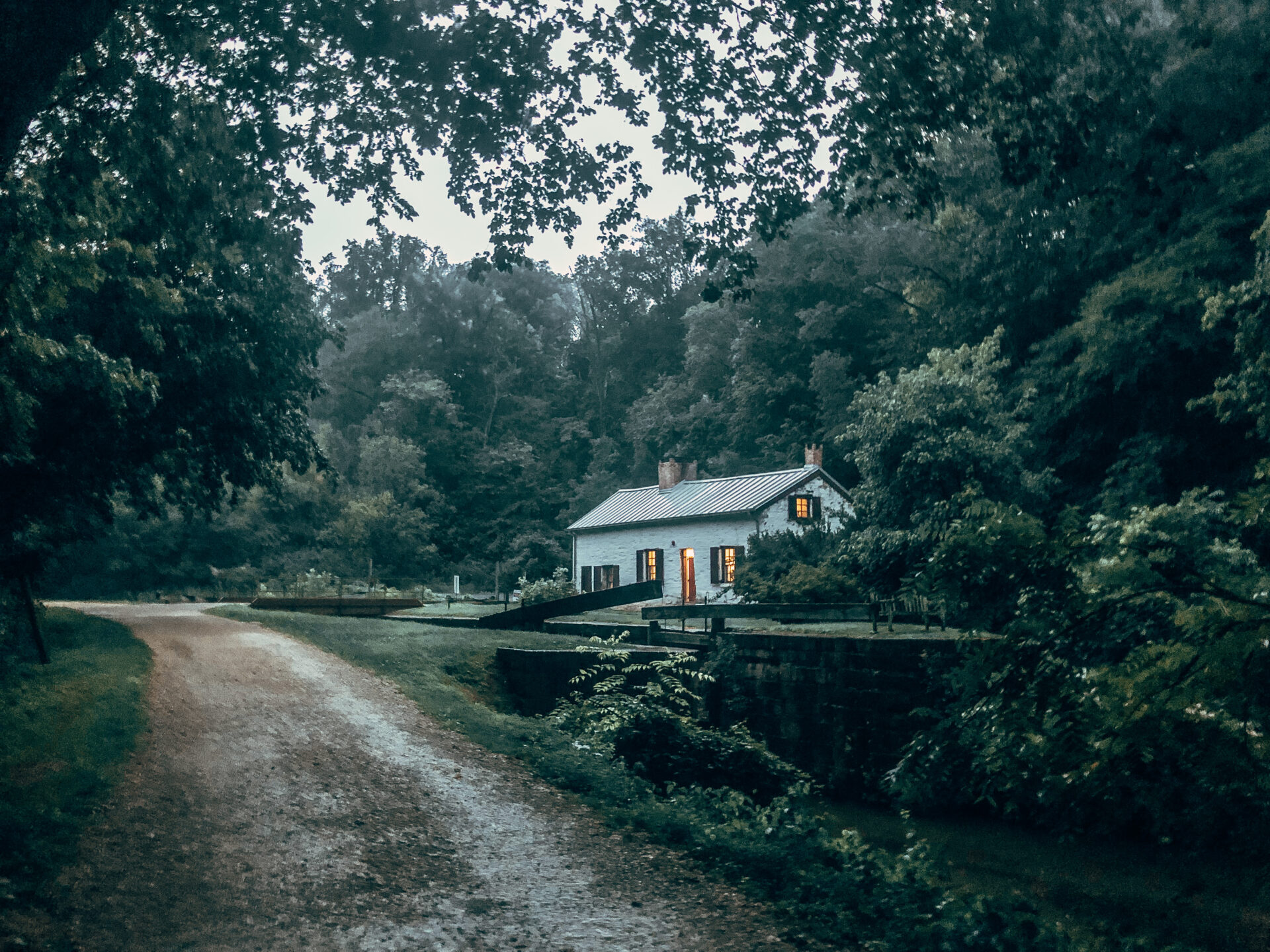
Staying in a C&O Canal Lockhouse
Sometimes, I don’t know how travel ideas become part of my daydreams. Sometimes, some trips, feel like they just pop up without warning then consume me until I book them.
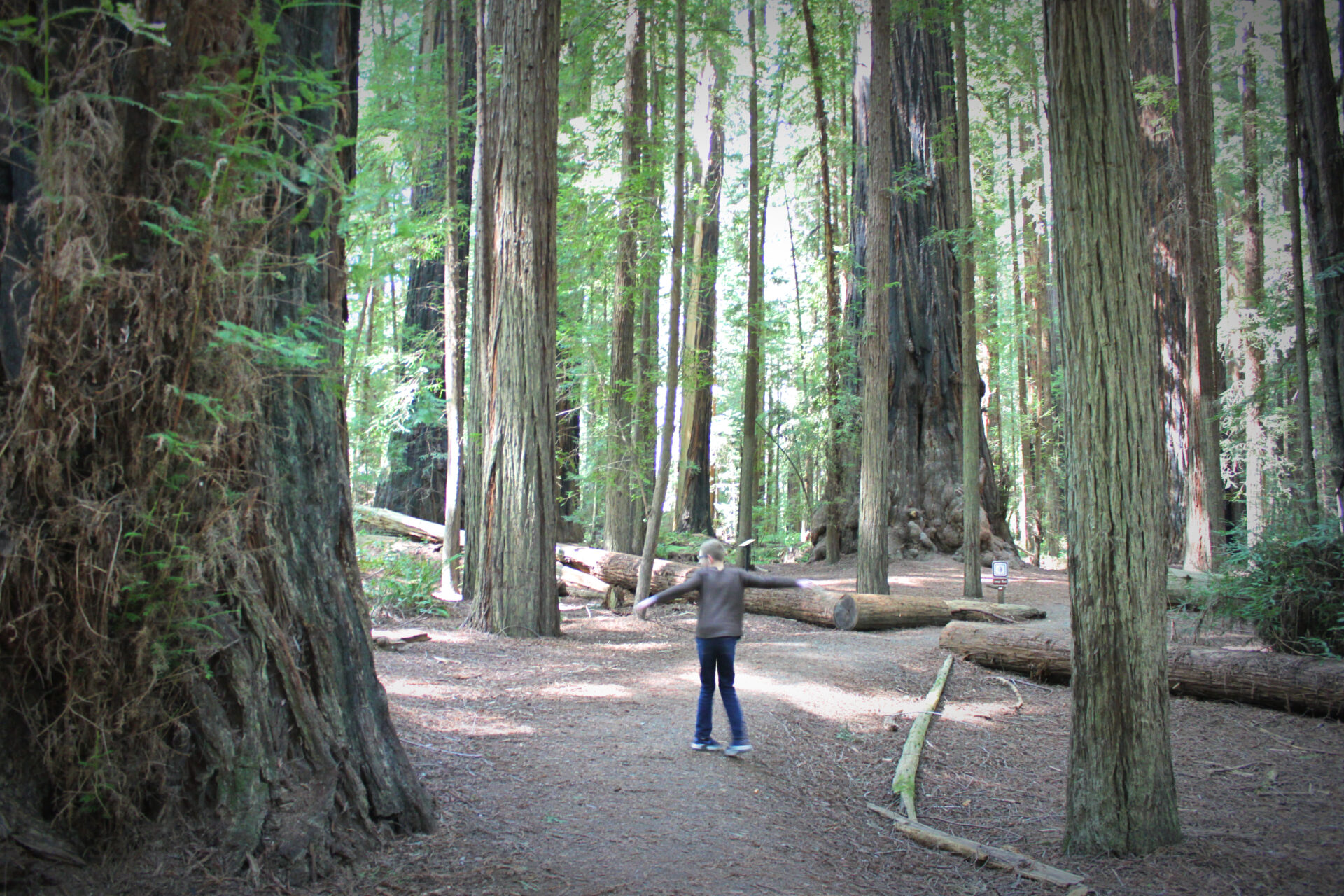
Visiting the Redwood National Park: Why We Dream About This Place
The place where towering giants from dreams sway high up in the sky and ferns lifted from a prehistoric jungle fan out lushly at your feet… it’s the Redwoods National
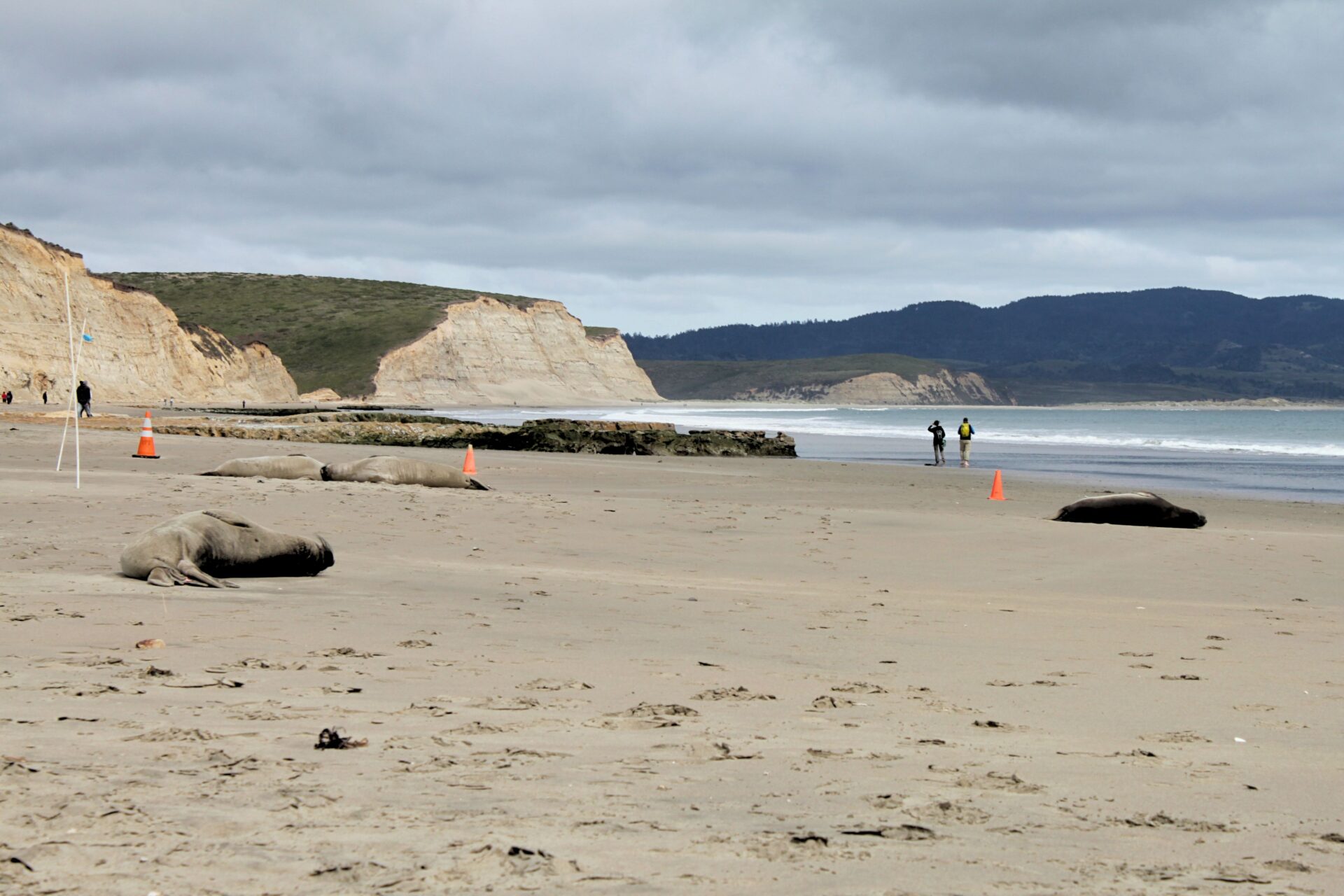
Point Reyes National Seashore: Fun at the End of the World
There are so many beautiful things to do in California, especially on its rugged coast, that it was hard to decide where to spend our limited time. But after many
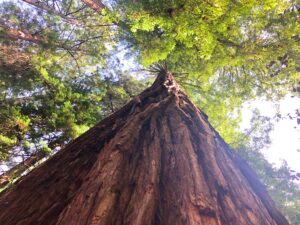
Why You Need to See Muir Woods – & Then Keep Going
When we left San Francisco, as I mentioned, we were ready to get out of the urban and experience some nature. We were ready for the wild and untamed part
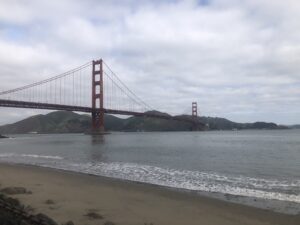
Visiting San Francisco with Kids: Golden Gate Bridge & Where to Go
San Francisco is a city whose legend and reputation precede it. It is a place that has made America and revolutions. It is mixing bowl of progressive arts and astonishing
